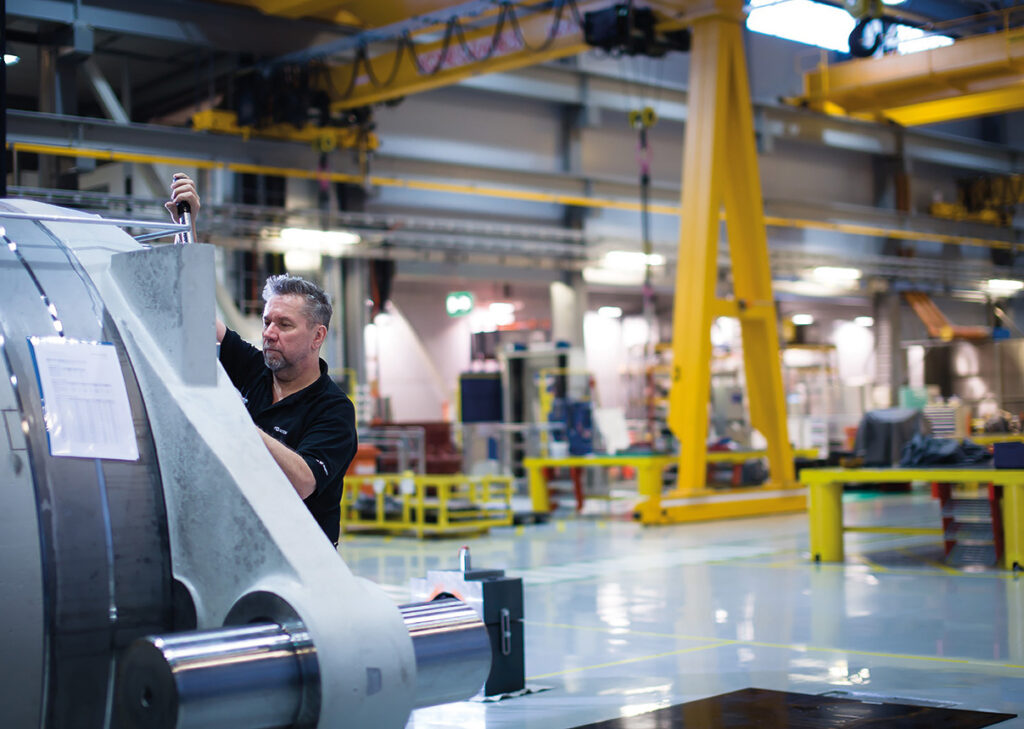Last year countries after another broke records on electricity generation coming from wind.
At the end of December Sweden generated more energy from wind power than ever before, nearly 5.7 million kWh of wind power was generated as the country harvested the effects of “Storm Urd” and intense weather. Wind turbines in Scotland generated power equivalent to all its electricity needs for several days last year, including four straight days in December. Also Germany provided with nearly 100% of its power needs with a combination of renewable energies during one day. These news about wind power generation records are due to a shift towards renewables, which is largely driven by political will and the falling prices and costs of wind power. Wind has beaten coal on cost years ago, but in 2016 for the first time it also beat coal on total installed capacity in Europe.
It’s not just cost that is driving the wind boom. Global Wind Energy Council lists four main environmental and social challenges that point to renewables as a smarter energy solution. In addition to the obvious benefits to public health, water saving, climate change and decrease in harmful emissions and greenhouse gases, the renewable energy sector has significant influence on employment as well. Bruce Valpy, the CEO of BVA Associates, suggested that these impacts on environment, employment, local amenities and other system support benefits and less-direct subsidies should be called social cost of energy (SCOE). A better understanding of the social costs of electricity generation across different technologies is needed.
The significance of wind power sector’s job creation cannot be highlighted enough. The outsourcing wave has hit almost every industry and subcontractors in turn outsource the work to temporary-staffing agencies. Never before have companies tried so hard to employ so few people. This is why the wind power sector is very vocal about the amount of jobs wind energy is creating. For example, in the U.S., according to the U.S. Energy and Employment Report from January, the wind electricity generation sector employed a total of 101,738 workers in 2016 — a whopping 32 percent increase since 2015.
The wind turbine gearbox manufacturer Moventas focuses on lowering the levelized cost of energy (LCOE) in the wind turbine development and now expands its capacity in Finland thus offering local employment opportunities and impacting even more also on SCOE. Moventas has over 35 years of experience in wind turbine gearbox manufacturing. Moventas’ predecessors Metso Drives and Valmet have manufactured industrial gearboxes since the 1940’s, and Moventas was among the first companies to extend the gearbox expertise into wind turbine gearboxes. The very first kW class wind gearbox was delivered in 1980. Moventas has since developed for example condition monitoring system, up-tower services, and Exceed platform, which provides competitive edge by lowering the LCOE of wind turbines with 20% more torque density while being 10% smaller in size. Over 1 GW of Exceed gearboxes have been delivered to three customers in five continents over the past year, and the demand is growing.
Moventas recently published news on investment in capacity and expansion of its facilities in Finland. The investment includes expansion of component manufacturing, serial production facilities and new 6MW testing facilities. The investment expands existing gear manufacturing capacity to over 5 GW, with the ability to expand further as volumes grow. The expansion related construction works will be finalized by the end of 2017 and the additional capacity will be operational by Q1/2018.
This investement is the largest in the region for several years and it defies the current job and population growth trends. Like globally, also in Finland both, population and job growth are concentrated in the capital area as people and companies migrate in search of larger markets and opportunities. With the investment Moventas enforces its commitment to the region, its local workforce and the efficient international supplier network that has been built around the facility in the past years.
